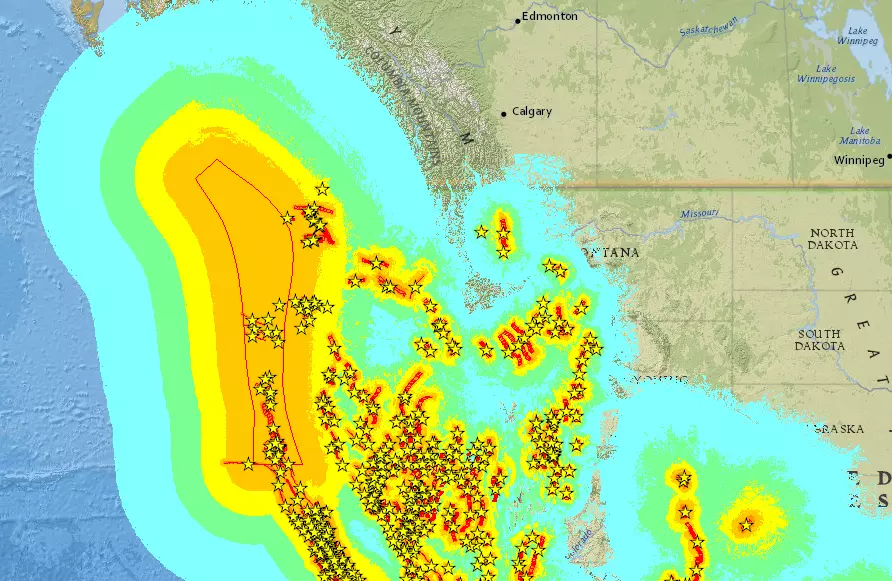

For example, US Secretary of Defense William S. Such weapons, whether or not they exist or are feasible, are a source of concern in official circles. According to the story the Mercury program began in 1987, three tests were conducted in Kyrgyzstan, and Volcano's last test occurred in 1992. According to Nature these programs had been "unofficially known to Western geophysicists for several years".

Roger Clark, lecturer in geophysics at Leeds University said in the respected journal Nature in 1996, responding to a newspaper report that there had been two secret Soviet programs, "Mercury" and "Volcano", aimed at developing a "tectonic weapon" that could set off earthquakes from great distance by manipulating electromagnetism, said "We don't think it is impossible, or wrong, but past experience suggests it is very unlikely". There is also a theory that a 1998 earthquake in Afghanistan was triggered by thermonuclear tests conducted in Indian and Pakistani test sites 2-20 days prior. The United States Geological Survey stated that it produced fresh fault rupture some 1,200 meters long. The 1968 Faultless underground nuclear test caused faults to slip up to 40 km away. As to the question of whether a nuclear explosion can trigger an earthquake, there was the analysis of local seismic recordings within a couple of miles of nuclear tests in the 1960s at Nevada that showed nuclear explosions caused some tectonic stress. This then becomes an earthquake once triggered by a nuclear explosion in the epicenter or a vast electric pulse. Theoretically, the tectonic weapon functions by creating a powerful charge of elastic energy in the form of deformed volume of the Earth's crust in a region of tectonic activity.


 0 kommentar(er)
0 kommentar(er)
